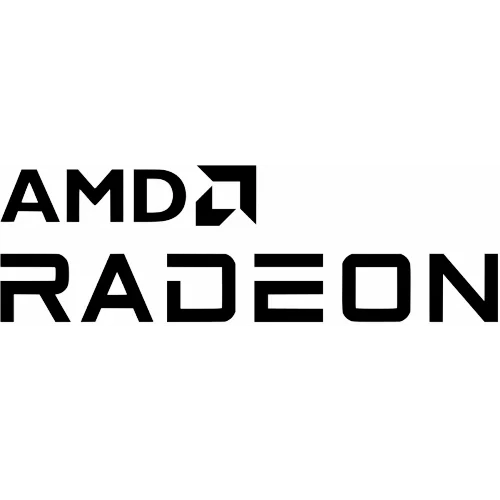AMD Radeon HD 7970 GHz - Is It Worth It On Linux?

Unfortunately there aren't any AMD Radeon HD 7970 GHz benchmarks under Linux to deliver at this time. For whatever reason, AMD still isn't too enthusiastic about seeing their latest-generation GPUs benchmarked under Linux. This is quite a change from generations ago, but whatever, the PR departments and upper-management at these major graphics companies seem to be ignorant when it comes to Linux (e.g. NVIDIA loses huge GPU order to the tune of ten million cards).
There are the Radeon HD 7950 benchmarks that I have delivered under Ubuntu Linux and have turned out to be rather favorable. Under Linux when running the proprietary drivers, the Radeon HD 7950 can compete with the GeForce GTX 680 Kepler from NVIDIA. Under Windows, the Radeon HD 7970 GHz is to compete with the GTX 680 and whatever else NVIDIA ends up throwing into the top-end space for Kepler.
The Radeon HD 7970 GHz isn't that different from the Radeon HD 7970 vanilla. The Radeon HD 7970 GHz is running at 1.00GHz (hence its name) while the boost clock is set to 1050MHz and the GDDR5 video memory clock is up to 6GHz. This compares to a 925MHz core clock on the original HD 7970 and a 5.5GHz GDDR5 memory clock.
The Radeon HD 7950 under Linux is already very fast when it comes to OpenGL as shown in the earlier Phoronix articles, so unless you're very determined to just have the very best AMD graphics card, it might not be worth it -- especially considering the lack of many demanding OpenGL Linux games. The story will change once Steam for Linux is released with various Source Engine titles, but you're still weeks away from seeing any beta at least.
Aside from the OpenGL performance of the Radeon HD 7970 GHz, without having tested this "Tahiti XT2" graphics card, there's already a few other Linux statements that can be made:
- If you're concerned about video playback performance and engage in accelerated video decoding as one of your principal tasks, look elsewhere. AMD XvBA is still a wreck.
- For OpenCL/GPGPU compute, the AMD OpenCL support is improving and there will be more out of it by year's end.
- If you're wanting the graphics card for use by the open-source driver, look elsewhere. First of all, the Radeon HD 7000 "Southern Islands" graphics cards lack any usable open-source support at the moment. There is the initial S.I. support in the Radeon DRM/KMS driver, but the new Gallium3D driver for this latest AMD GPU architecture is still being brought up. Even when there is suitable open-source support for the Radeon HD 7000 series, it will still be a waste buying the Radeon HD 7970 GHz. The high-end cards tend not to perform too well under the open-source driver compared to their performance with Catalyst, but the low-end and mid-range graphics cards comparatively perform much better. John Bridgman of AMD has even admitted this about high-end graphics cards and open-source.
That's all of the general comments to share right now concerning the Radeon HD 7000 series for any potential Linux users looking to buy a new graphics card. If you're interested in Radeon HD 7970 GHz reviews under Microsoft Windows, see a review listing here, powered by OpenBenchmarking.org's Cekora Engine.
28 Comments

